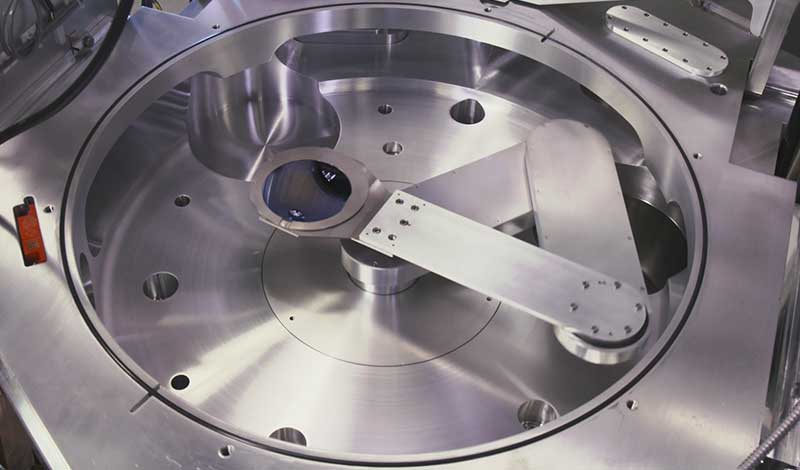
Posted on
Magnetron sputtering is a plasma-based technique for physical vapor deposition (or PVD) coating that creates dense films with good adhesion. It is excellent for depositing materials with high melting points that cannot be evaporated, and it has the highest scalability of any PVD type.
Magnetron sputtering provides excellent precision in film thickness and density of film coatings, making it ideal for many metallic or insulating coatings with demanding optical or electrical properties.
In this video, we explain the process of magnetron sputtering and its benefits in thin film deposition.
Video Transcript
Magnetron sputtering is a highly versatile thin film deposition technique for coating films with good adhesion and high density.
Magnetron sputtering, a type of physical vapor deposition, or (PVD) coating, is plasma-based. In this process, a magnetically confined plasma is created near the surface of a target material.
The plasma contains positively charged energetic ions that collide with the negatively charged target material, ejecting or “sputtering” the target material.
The sputtered target material then deposits on the substrate.
This technique provides excellent precision in film thickness and density of film coatings. It is ideal for many metallic or insulating coatings with demanding optical or electrical properties.
Magnetron sputtering is ideal for high-volume manufacturing and can be configured as a cluster tool or in-line architecture. These architectures are much more efficient than batch coating, making it more readily scalable for production. Magnetron sputtering systems have the flexibility to be configured with multiple magnetron sources.
To learn more about Magnetron sputtering, visit dentonvacuum.com.
If you are interested in learning more about Denton’s magnetron sputtering systems, contact us today!